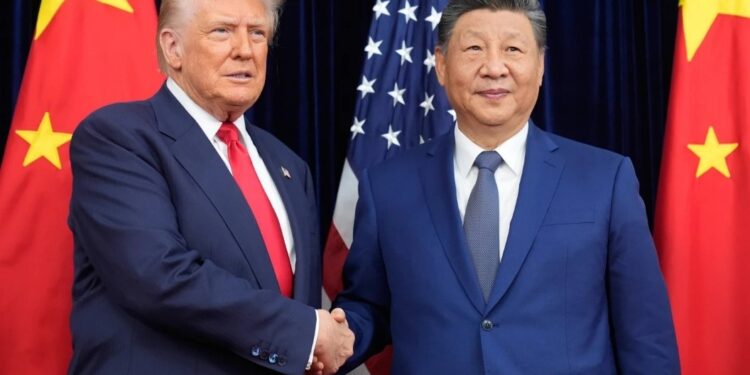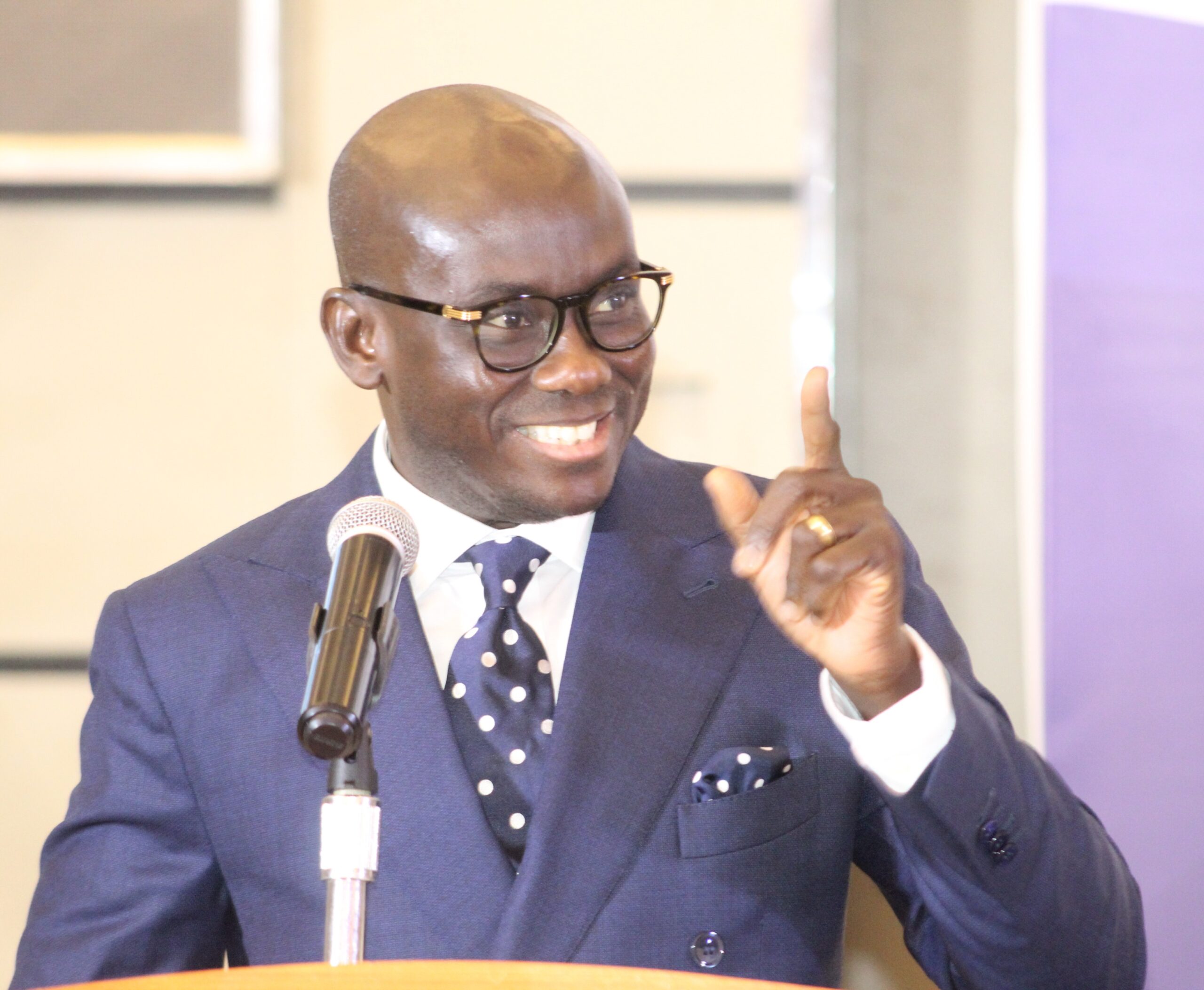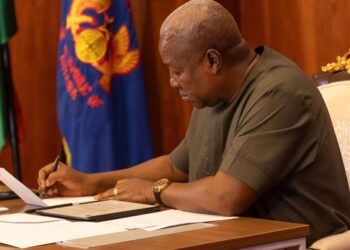President Donald Trump said he has decided to lower his tariff rates on imports of Chinese goods to 47% after meeting face-to-face with Chinese leader Xi Jinping on Thursday, a chance for the leaders of the world’s two largest economies to stabilize relations after months of turmoil over trade issues.
Trump’s aggressive use of tariffs since returning to the White House for a second term, combined with China’s retaliatory limits on exports of rare earth elements, gave the meeting newfound urgency.
There is mutual recognition that neither side wants to risk blowing up the global economy in a way that could jeopardize their own country’s fortunes.
The meeting lasted a little over 100 minutes, with the two leaders shaking hands and Trump appearing to say something into Xi’s ear, just before the Chinese leader entered his own limousine. Trump was shortly back aboard Air Force One to return to Washington.
On board, he told reporters he decided to reduce the combined rate from 57% after successful talks that included promises by Xi to curb shipments of fentanyl ingredients to the U.S.
Ahead of the meeting, Trump threatened a massive hike that would have raised tariffs by 100%, but he told reporters he didn’t need to go through with it.
China did not provide immediate comment on the meeting or any outcomes.
Finding ways to reduce tensions
Before the meeting, Trump was optimistic. “We’re going to have a very successful meeting, I have no doubt,” Trump said, adding that Xi is a “very tough negotiator.” Trump said they “could” possibly sign a deal coming out of the meeting and that they have a “great understanding” of each other.
When the two were seated, Xi read prepared remarks that stressed a willingness to work together despite differences.
“Given our different national conditions, we do not always see eye to eye with each other,” he said through a translator. “It is normal for the two leading economies of the world to have frictions now and then.”
There was a slight difference in translation: China’s Xinhua News Agency reported that Xi told Trump that having some differences is inevitable.
The leaders met in Busan, South Korea, a port city about 76 kilometres (47 miles) south of Gyeongju, the main venue for the Asia-Pacific Economic Cooperation summit.
In the days leading up to the meeting, U.S. officials signaled that Trump did not intend to make good on a recent threat to impose an additional 100% import tax on Chinese goods, and China showed signs it was willing to relax its export controls on rare earths and also buy soybeans from America.
Officials from both countries met earlier this week in Kuala Lumpur to lay the groundwork for their leaders. Afterward, China’s top trade negotiator Li Chenggang said they had reached a “preliminary consensus,” a statement affirmed by U.S. Treasury Secretary Scott Bessent, who said there was “ a very successful framework.”
Trump told reporters while flying to South Korea aboard Air Force One that he may reduce tariffs that he placed on China earlier this year related to its role in making fentanyl.
“I expect to be lowering that because I believe that they’re going to help us with the fentanyl situation,” Trump said, later adding, “The relationship with China is very good.”
Shortly before the meeting on Thursday, Trump posted on Truth Social that the meeting would be the “G2,” a recognition of America and China’s status as the world’s biggest economies. The Group of Seven and the Group of 20 are other forums of industrialized nations.
But while those summits often happen at luxury spaces, this meeting took place in humbler surroundings: Trump and Xi met in a small gray building with a blue roof on a military base adjacent to Busan’s international airport.
The anticipated detente has given investors and businesses caught between the two nations a sense of relief. The U.S. stock market has climbed on hopes of a trade framework emerging from the meeting.
Pressure points remain for both the US and China
However cordial the rhetoric, Trump and Xi remain on a potential collision course as their countries vie to dominate manufacturing, develop emerging technologies such as artificial intelligence, and shape global affairs, including the status of Russia’s war in Ukraine. Trump indicated he did not plan to raise issues such as Taiwan’s security with Xi.
“The proposed deal on the table fits the pattern we’ve seen all year: short-term stabilization dressed up as strategic progress,” said Craig Singleton, senior director of the China program at the Foundation for Defence of Democracies. “Both sides are managing volatility, calibrating just enough cooperation to avert crisis while the deeper rivalry endures.”
The U.S. and China have each shown they believe they have levers to pressure the other, and the past year has demonstrated that tentative steps forward can be short-lived.






